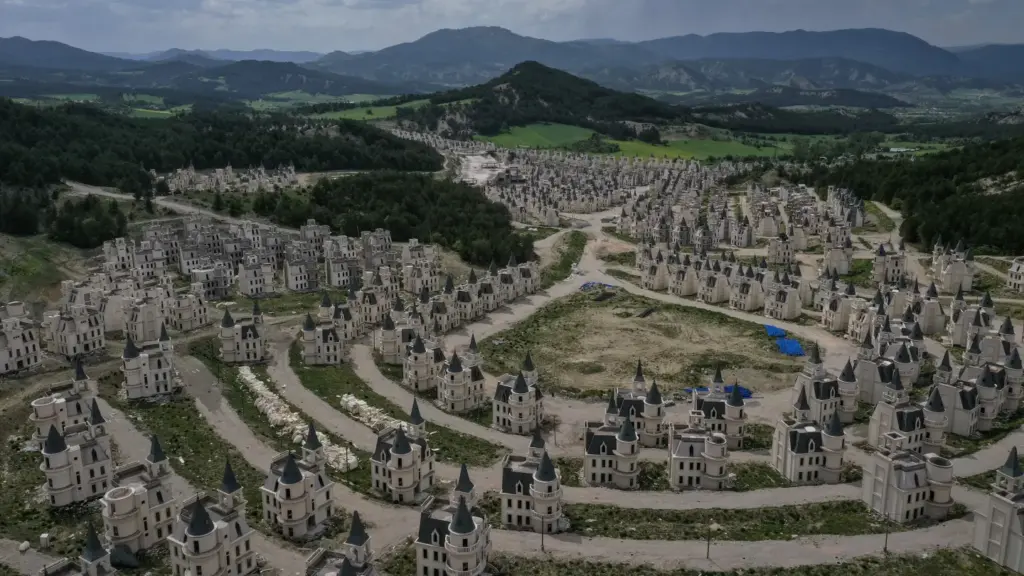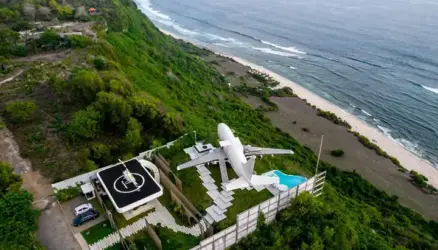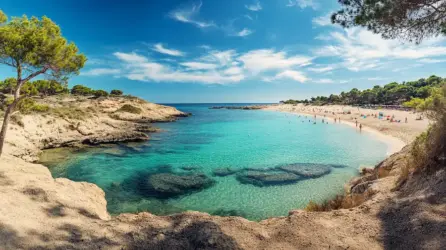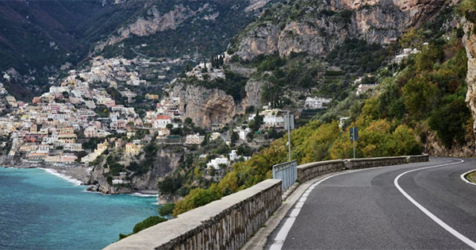Why a $200 Million Castle Project in Turkey Lies Abandoned
In the picturesque landscapes of Turkey, surrounded by rolling hills and the azure blue of the Mediterranean Sea, lies a haunting sight: hundreds of abandoned, identical castles, remnants of a once-ambitious $200 million housing project. This enigmatic venture, known as the “Burj Al Babas”, has become an eerie symbol of failed real estate dreams. But why did such a grand project, with so much money invested, end up abandoned? Let’s delve deeper.

1. The Ambitious Vision
The initial vision behind the Burj Al Babas was to create a luxurious residential community, comprising 732 Gothic-style mini castles. Each villa was intended to be equipped with the latest modern amenities. The idea was to appeal to foreign investors, particularly from the Gulf countries, who were looking for second homes or vacation properties.
2. Economic Slowdown
Shortly after the project’s inception, Turkey experienced a severe economic slowdown. The lira, Turkey’s national currency, plummeted against the dollar, causing a financial strain on numerous sectors, including real estate. The ensuing financial crunch meant potential investors and buyers became hesitant to put their money into the Turkish real estate market.
3. Overreliance on Foreign Investors
The developers of Burj Al Babas primarily targeted wealthy foreign investors. When international relations strained and with the economic uncertainty in Turkey, the expected influx of foreign investments dried up. Many investors backed out of their commitments, and the sales of the castles slumped.
4. Bankruptcy of the Developer
Due to the lack of sales and increasing debts, in 2019, the developer, Sarot Property Group, declared bankruptcy. With no funds to continue or maintain the project, the already constructed castles were left in their unfinished state.
5. The Ghost Town Perception
As images of the abandoned castles began to circulate online, the project became infamous as a “ghost town”. This negative publicity further deterred potential investors and buyers, deepening the project’s crisis.
6. High Maintenance Costs
Even for those who had initially shown interest in purchasing one of the castles, the realization soon dawned that maintaining such a property would come with substantial costs. The sheer size and design intricacies of the villas meant that upkeep would be expensive and time-consuming.
Conclusion
The abandoned castles of Burj Al Babas stand as a testament to the unpredictability of real estate ventures and the broader economic landscape. While the project was rooted in grand visions and immense potential, a combination of economic downturns, misjudgments, and external factors led to its untimely downfall. Today, these once-dreamy castles serve as a cautionary tale for developers and investors worldwide.




















